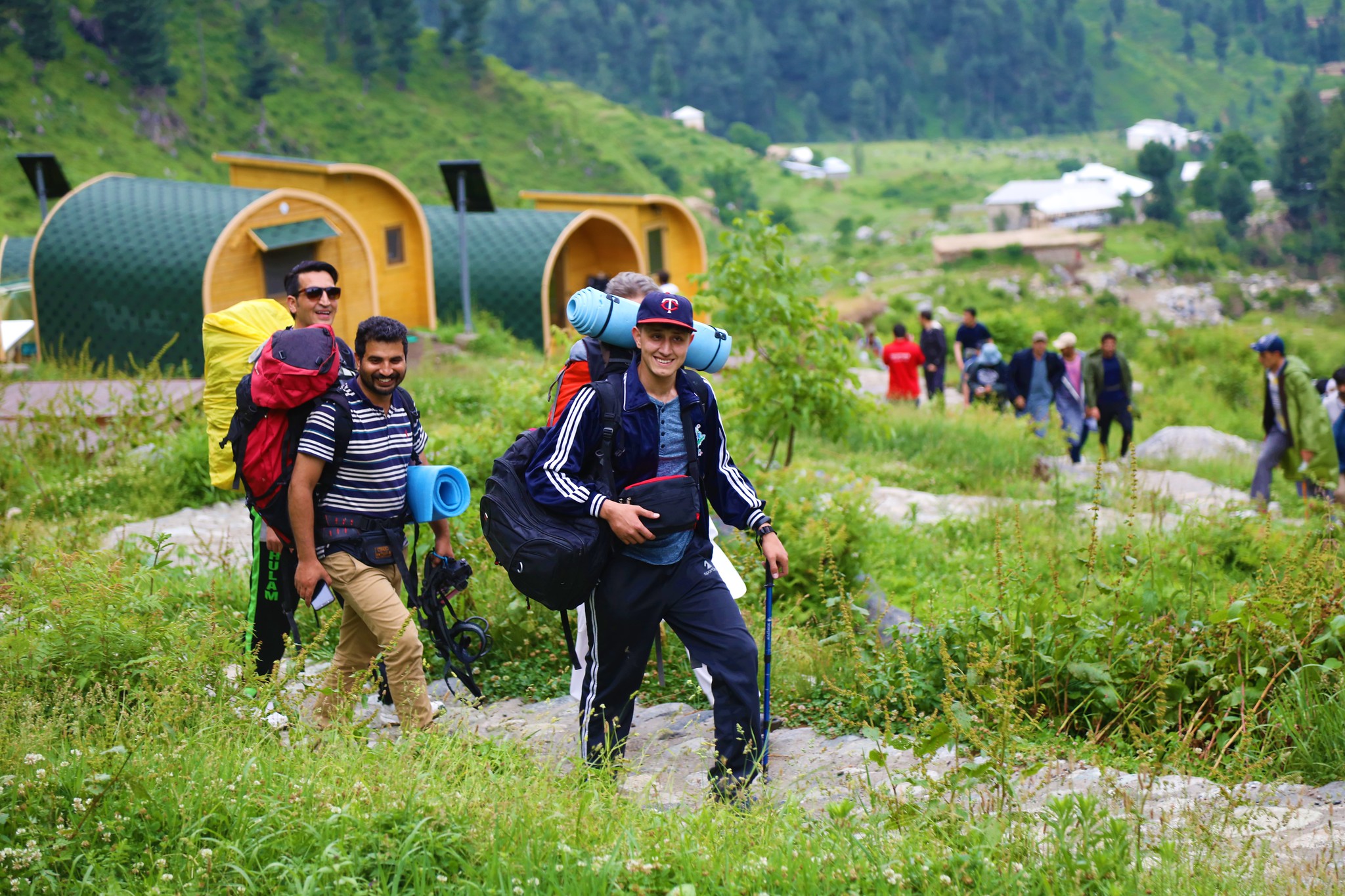Embracing Harmony: The Rise of the Eco-tourism Village
The relentless march of industrialization and urbanization has left an indelible mark on our planet, prompting a global awakening to the urgent need for sustainable living. Among the burgeoning movements seeking to reconcile human activity with ecological preservation, eco-tourism stands as a beacon of hope. Within this sphere, the eco-tourism village emerges as a powerful model, demonstrating how communities can thrive while safeguarding their natural heritage. This article delves into the intricacies of these villages, exploring their principles, practices, and profound impact on both the environment and local populations.
What is an Eco-Tourism Village?
An eco-tourism village is a community-driven initiative that prioritizes environmental conservation and cultural preservation while offering visitors authentic and immersive experiences. It goes beyond simply providing accommodation; it fosters a deep connection between tourists and the natural and cultural environment, promoting responsible travel practices. These villages are typically located in areas of significant ecological or cultural importance and operate on principles of sustainability, community involvement, and education.
Key Principles of Eco-Tourism Villages:

Environmental Sustainability: Minimizing environmental impact through waste reduction, renewable energy use, and conservation efforts.
Origins in Indigenous Wisdom:
The concept of eco-tourism villages is rooted in the traditional practices of indigenous communities, who have long lived in harmony with their environment. These communities have often developed sustainable resource management systems and possess a deep understanding of their local ecosystems. Modern eco-tourism villages draw inspiration from this indigenous wisdom, incorporating traditional knowledge into their operations.
The Rise of Sustainable Tourism:
The growing awareness of environmental degradation and the negative impacts of mass tourism has fueled the demand for more responsible travel options. Eco-tourism villages have emerged as a viable alternative, offering visitors a chance to experience authentic cultures and natural environments while contributing to their preservation.
Adaptation and Innovation:

As the eco-tourism sector matures, villages are increasingly adopting innovative technologies and practices to enhance their sustainability. This includes the use of solar energy, rainwater harvesting, organic farming, and eco-friendly construction materials.
Sustainable Infrastructure:
Eco-tourism villages prioritize the use of sustainable infrastructure, minimizing their environmental footprint. This includes:
Eco-lodges and accommodations: Constructed from locally sourced, natural materials and designed to blend seamlessly with the surrounding environment.
Community-Based Tourism:
Community involvement is crucial for the success of eco-tourism villages. This includes:
Local ownership and management: Ensuring that the village is owned and managed by the local community.
Educational Experiences:
Eco-tourism villages offer visitors opportunities to learn about the environment and local culture through:
Guided nature walks and treks: Exploring the local ecosystem with knowledgeable guides.
Conservation Initiatives:
Eco-tourism villages play a vital role in protecting local ecosystems through:
Habitat restoration and protection: Restoring degraded habitats and protecting endangered species.
Environmental Benefits:
Eco-tourism villages contribute to environmental conservation by:
Reducing deforestation and habitat loss: Providing alternative income sources that discourage unsustainable resource extraction.
Socio-Economic Benefits:
Eco-tourism villages generate socio-economic benefits for local communities by:
Creating employment opportunities: Providing jobs in tourism-related sectors.
Cultural Benefits:
Eco-tourism villages contribute to cultural preservation by:
Revitalizing traditional crafts and skills: Providing opportunities for artisans to showcase their work.
Challenges:
Balancing tourism development with conservation: Ensuring that tourism activities do not negatively impact the environment.
Opportunities:
Expanding the market for eco-tourism: Capitalizing on the growing demand for responsible travel options.
Sapoema Village, Amazon, Brazil:
This indigenous village has successfully integrated eco-tourism with traditional resource management, protecting the rainforest and generating income for the community.
Kibale Association for Rural Environment Development (KAFRED), Uganda:
KAFRED has empowered local communities to protect the Kibale Forest National Park through community-based tourism and conservation initiatives.
Tanjung Puting National Park, Indonesia:
This park has developed a successful eco-tourism program that protects orangutans and their habitat while providing economic benefits to local communities.
Eco-tourism villages represent a powerful model for sustainable development, demonstrating how communities can thrive while protecting their natural and cultural heritage. As the demand for responsible travel continues to grow, these villages have the potential to play an increasingly important role in promoting environmental conservation, cultural preservation, and community empowerment. By embracing the principles of sustainability, community involvement, and education, eco-tourism villages can serve as beacons of hope, inspiring a global shift towards a more harmonious and sustainable future.


